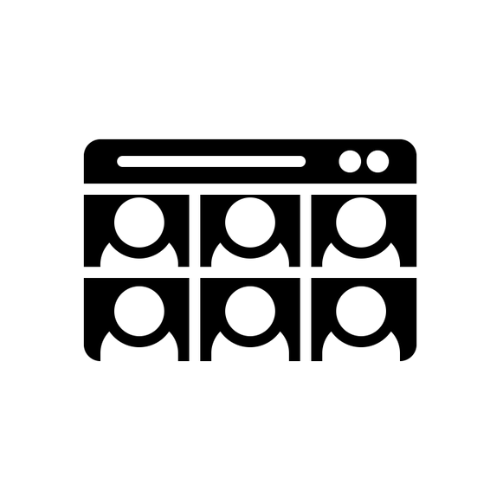Modes of Course Delivery
Definitions
We are providing the following list of definitions in order to offer some consistency in describing various modes of in-person, blended, online synchronous and online asynchronous learning for students and instructors, timetabling, and creating course timing and expectations.

A course that meets in-person at a scheduled time in a designated room. A small proportion of class meeting time can be online synchronous or online asynchronous.

A course with both in-person and online components, where a majority of the contact hours are in-person. A smaller portion is online (either online asynchronous or online synchronous).

A course with both in-person and online components, where a majority of the contact hours are online (either online asynchronous or online synchronous). A smaller portion is in-person.

A fully online course that has scheduled meeting times, with no on campus designated room. A small proportion of class meeting time can be online asynchronous.

A fully online course that does not have scheduled meeting times. Any synchronous opportunities offered by the instructor must be entirely optional for the learner.

Hyflex* is simultaneously in-person at TMU and online, and synchronous.
A course offered simultaneously in person and online synchronous. There are very few classroom spaces capable of HyFlex Delivery. Please be sure to contact the CELT for more information.
Note: Major assessments can be online or in-person across all delivery modes
*Currently TMU has only limited Hyflex capabilities